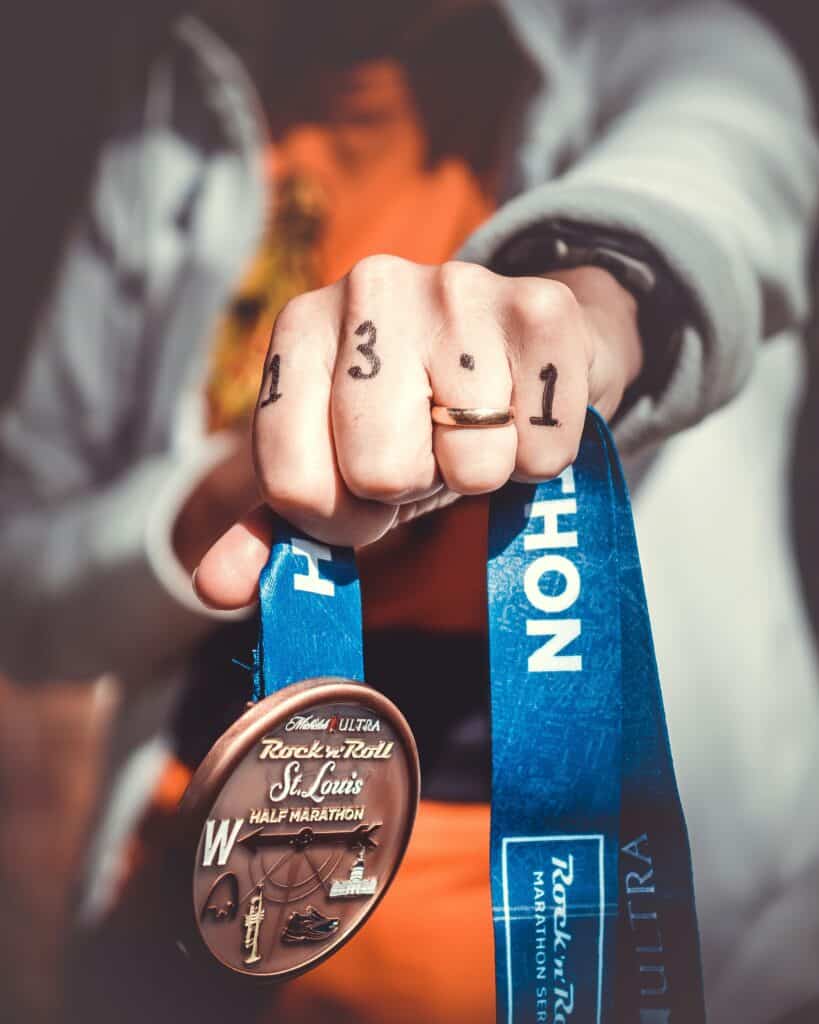
If you don’t know what bonking is, first, Google it, and second, keep running. In due time, you too can experience the glory of leaden, dead legs, delirious thoughts, and a lethargy so cataclysmic and all-consuming, you’ll find yourself questioning why you laced-up and got out there in the first place.
Bonking, or “hitting the wall,” is essentially the body experiencing a lack of glucose (sugar) in the bloodstream. This is typically experienced in endurance runners and long-distance cyclists, as glucose depletion typically occurs after continuous exercise versus short, high intensity efforts.
The plain, cold fact is that bonking is a universal experience that most runners have experienced at some time or another. But, with careful planning and astute attention to bodily cues, it’s possible to minimize the chances your legs take an involuntary trip to bonktown when it’s game time.
1) Train smart
The good stuff takes time. Rome wasn’t built in a day. Six pack abs don’t magically erupt into muscular glory after a whole three days of avoiding Girl Scout cookies. It took Edison well over 1,000 tries to invent the lightbulb. And, sadly, your endurance stash can’t be built in a solitary week.
A solid training plan to tackle your race goals, from a half marathon and onward, is the safest bet to steer clear of dreaded race day bonk. More often than not, practicality isn’t sexy, and mapping a 12-, 16-, or 20-week plan is a far cry from a quick-fix to ditch mid-race exhaustion.
But, training is a fantastic forum for experimentation. Whether you’re using a heart rate monitor or simply paying attention to your energy levels during pacing, training is the time to gauge how hard your can be pushed and when it’s best to let-up. So, when race day hits, you can make better judgements of when it’s time to up the ante without a crash and burn of epic proportions.
2) Get cozy with carbs
Atkins went bankrupt in 2005. Stick to a low-carb, high-endurance lifestyle, and you can expect your energy stores to go for broke as well. A sound dietary regime implementing 60 percent of total caloric intake coming from carbohydrates will help ward-off plummeting blood sugar levels on training runs and races alike.
No, carbohydrate intake doesn’t mean feasting on a calzone with a side of a dozen cupcakes. Think whole foods: vegetables, fruits, legumes, brown rice, and whole grain breads.
3) Relish the taper
It’s not rocket science as to why training plans tend to reduce the quantity of milage suggested the week or two before race day. Without adequate rest before the big 13.1 or beyond, the body lacks the time it needs to recover from the short-term fatigue associated with training.
By giving yourself time to taper beginning two weeks before race day, you’re giving your muscles the time to bolster glycogen stores, thus reducing the odds of bonking.




